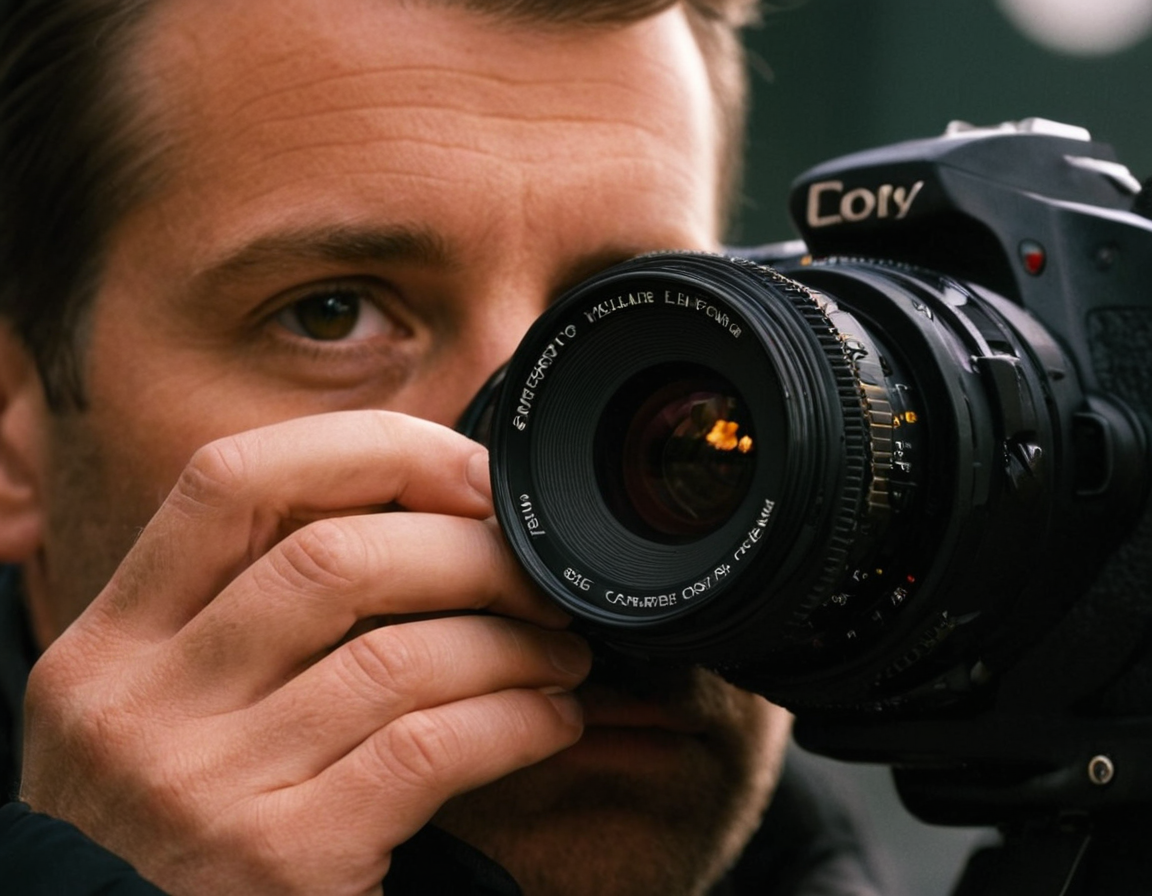Master Aperture Control in Photography

Unlocking Masterful Photography: A Deep Dive into Aperture Control for Beginners
Introduction
As a beginner in the world of photography, one of the most crucial aspects to grasp is aperture control. This fundamental concept can make or break an image, and yet, it’s often misunderstood or overlooked by those just starting out. In this article, we’ll delve into the world of aperture, exploring its significance, types, and practical applications.
Understanding Aperture
Aperture refers to the size of the camera’s aperture, which is controlled by the lens. The aperture regulates the amount of light that enters the camera, thereby affecting the exposure of the image. Think of it as the pupil of an eye – just as our eyes adjust to let more or less light in, a camera’s aperture adjusts to control the amount of light entering.
Types of Aperture
There are two primary types of aperture: wide-aperture and narrow-aperture.
- Wide-Aperture (Low f-Stop): A wide-aperture setting allows more light into the camera, resulting in a shallower depth of field. This is ideal for portraits, close-ups, and other situations where you want to isolate your subject.
- Narrow-Aperture (High f-Stop): Conversely, a narrow-aperture setting restricts the amount of light entering the camera, leading to a deeper depth of field. This is more suitable for landscapes, group shots, or any situation where you want to keep everything in focus.
How Aperture Affects Depth of Field
The aperture’s impact on depth of field is perhaps its most significant characteristic. By adjusting the aperture, you can control whether certain parts of the image remain in focus while others blur out.
- Shallow Depth of Field: Wide-aperture settings (low f-stop) create a shallow depth of field, where only the subject remains sharp, while the background becomes blurred.
- Deep Depth of Field: Narrow-aperture settings (high f-stop) result in a deep depth of field, keeping more of the image in focus.
Practical Applications
Aperture control is an essential skill for any photographer to master. Here are some practical scenarios where adjusting aperture can make a significant difference:
- Portraits: Use a wide-aperture setting to create a shallow depth of field, separating your subject from the background.
- Landscapes: Employ a narrow-aperture setting to maintain a deep depth of field, ensuring that all elements in the scene remain in focus.
- Close-ups: Adjust aperture to isolate the subject and emphasize texture or detail.
Conclusion
Aperture control is a fundamental aspect of photography that can elevate your work from amateurish to masterful. By understanding the types of aperture and their effects on depth of field, you’ll be better equipped to craft images that tell stories, evoke emotions, or simply capture life’s beauty.
As you continue on this journey, remember that practice makes perfect. Experiment with different aperture settings, and don’t be afraid to try new things – after all, the best photographs are often those that push boundaries and challenge conventional wisdom.
What’s your take on aperture control? Have you ever found yourself struggling to grasp its significance? Share your experiences in the comments below!
Tags
photography-basics aperture-control beginner-guide camera-settings light-exposure
About Sofia Perez
As a seasoned photographer and blogger, I help creatives elevate their craft through expert tips, industry insights, and hands-on tutorials on lentecreativa.com. With a passion for inspiring photographers to push boundaries, I share practical knowledge on lighting, composition, and more.
